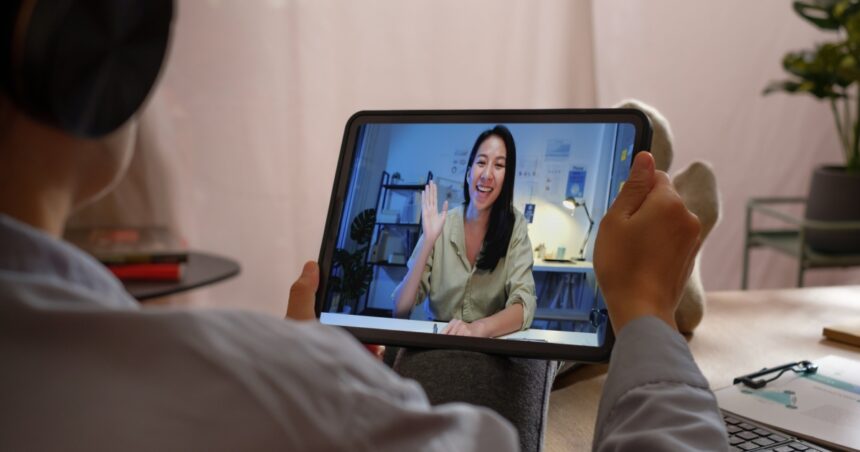Policy has actually produced challenges to fast market infiltration.
According to market knowledge company BMI, telemedicine firms deal with challenges in arising markets where minimal electronic framework, high expenses and reduced electronic proficiency degrees are interfering with individuals from relocating from home health care.
” Additionally, governing structures in these areas might be much less fully grown or slow-moving to adjust to technical breakthroughs, possibly producing challenges to fast market infiltration,” it claimed in an April record.
By comparison, absorption in established markets such as Australia, the United Arab Emirates, the USA and France will certainly be much more favorable.
It included: “Nevertheless, via targeted financial investments and calculated public-private collaborations, arising markets still have significant capacity for makeover– regardless of an extra progressive timeline.”
According to market and market records, the international telemedicine and telemedicine market is anticipated to expand by 11.5% each year to US$ 2030 by 2030 as a result of the maturing populace and the development of persistent conditions.
Along with assessment, telemedicine is made use of for persistent illness monitoring, medical diagnosis, postoperative recovery and remote client tracking.
In Australia, the federal government lately opened up an online wellness solution in western New South Wales and western West, permitting people to seek advice from a team of medical professionals via video clip meetings.
On The Other Hand, a Saudi Arabian medical facility has actually released an online pathology solution that permits remote medical diagnosis of cancer cells, infections and inflammatory conditions, in addition to real-time cooperation with abroad specialists momentarily point of view.
Nevertheless, nations like India deal with underdeveloped country health care framework, and as a result it is hard to give protection in all areas, according to CareEdge ratings.
” Developing nations assign a smaller sized part of their GDP (gdp) to healthcare, leading to a high quality space in solutions and framework,” it claimed.
At the same time, most electronic wellness modern technologies are based upon expert system and should follow brand-new criteria to guarantee their outcomes are precise.
” The system catches delicate real-time information via sensing units and progressed biometric spots, encountering rigorous demands on information protection, client safety and security and scientific precision,” BMI kept in mind.
It included: “This might enhance conformity expenses and might possibly cause hold-ups in item launches.”
Ask concerns:
- Exactly how can federal governments and the economic sector collaborate to make sure guidelines do not suppress development in the telehealth sector?
- Ways that can boost electronic proficiency to urge the fostering of at-home health care modern technologies
- What threats do nations fall back when taking on telehealth options?









